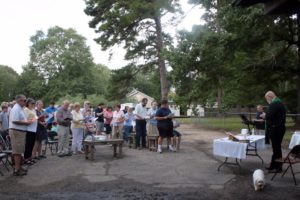
Photo courtesy of Karen Mackey
The Rev. Mark Holland celebrates Holy Eucharist with St. Francis Episcopal Church in Denham Springs, La., whose church building suffered flood damage in September 2016.
When the next hurricane blows through or flooding leaves people stranded, many Central Florida church leaders will know how to respond—thanks to Episcopal Relief & Development’s U.S. Disaster Program.
Representatives from all of Florida’s Episcopal dioceses, including the Episcopal Diocese of Central Florida, attended a special disaster preparedness and response training event March 29-31 at the Canterbury Retreat and Conference Center in Oviedo.
Attendees learned how to organize area resources and utilize tools to help create or maintain community-led efforts to combat crises that arise from disasters. This was the latest event held by the Episcopal Relief & Development team from New York.
“In recent years, the government and nongovernment regulatory agencies have made incredible improvements since Hurricane Katrina,” said Lura Steele, training coordinator for the U.S. Disaster Program for Episcopal Relief & Development. “Some people fall through the cracks of traditional disaster-recovery systems. Fortunately, these are often people to whom we are connected through our outreach ministries. This makes the church uniquely positioned to help our vulnerable neighbors make a full and sustained recovery.”
To help area church leaders tackle these issues, Episcopal Relief & Development training teams discussed several topics to help improve recovery efforts in response to disasters. Steele said risk assessment and training helped participants prepare for and handle a myriad of disaster scenarios, including hurricanes and flooding, which are commonplace in Florida.
Steele said Episcopal Relief & Development also addressed man-made disasters such as oil spills. “There’s a whole host of other hazards that come up on our radar.”
Episcopal Relief & Development spent a lot of time addressing its community development response model and how it can impact preparing for and responding to disasters.
Episcopal Relief & Development’s U.S. Disaster Program is broken down into three phases: rescue, relief and recovery. “Law enforcement and emergency response teams handle many rescue operations, but it’s churches that can have a huge impact in relief, especially through leveraging and expanding outreach ministries to meet the needs in the community,” Steele said.
Preparedness is also broken down into three segments: planning, staying informed and preparing an emergency kit. Episcopal Relief & Development offers a resource library to help folks strengthen their communities, Steele said.
In both preparedness and disaster-response situations, communication is key. Steele said communication in disaster situations can vary from place to place, and there is no definitive chain-of-command protocol church leaders should follow. Instead, it falls to each church and its congregation to take the steps necessary to help in disaster situations.
“Every congregation, regardless if it is a mission church or a huge church, all congregations have gifts and ways to help out in the world after a disaster,” Steele said.
To learn more about Episcopal Relief & Development and its programs, access the organization’s website at www.episcopalrelief.org.
